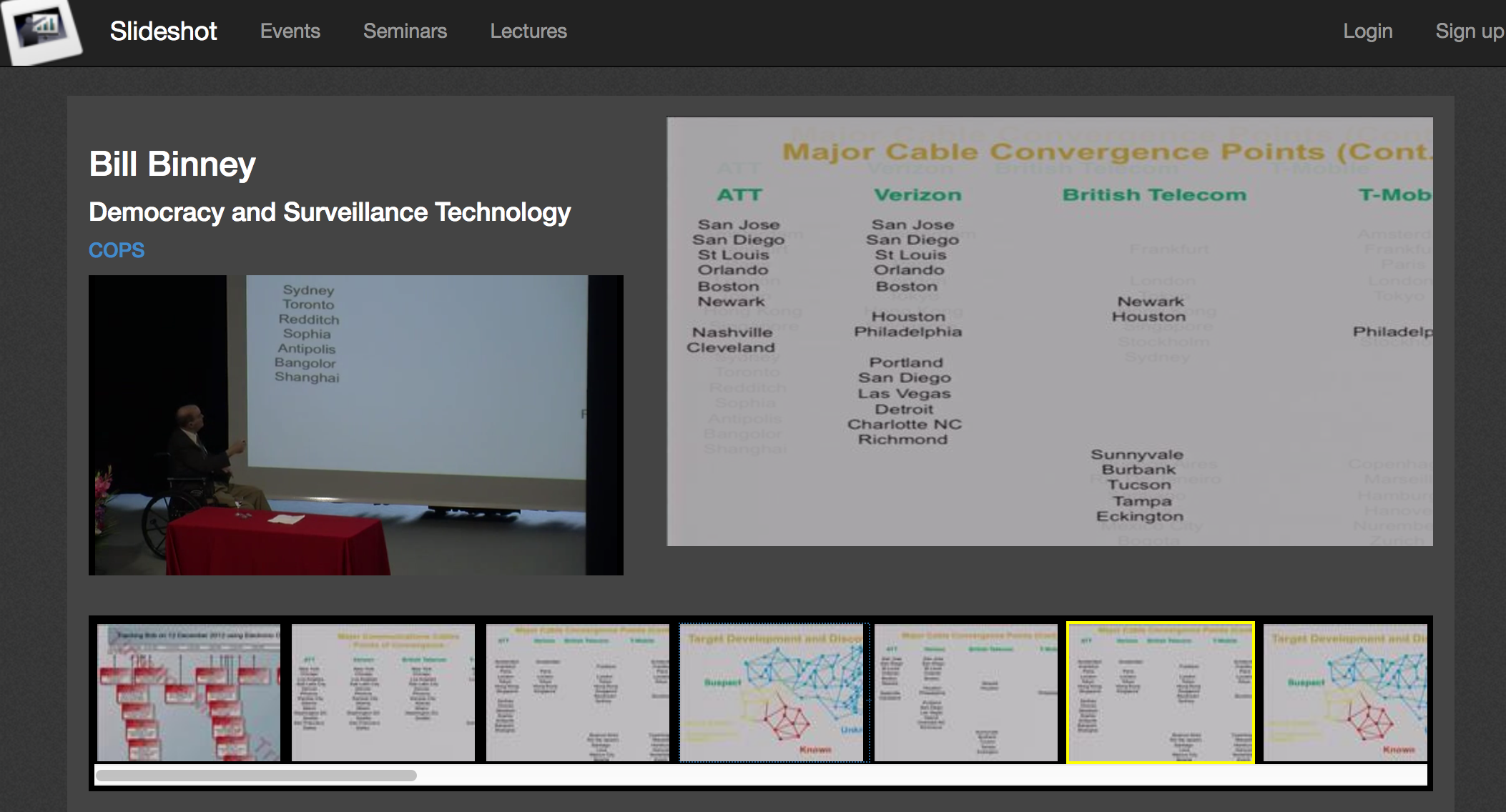Start by first reading: Unit III orientation and introduction
In this unit you will be first introduced to multimodal digital editing tools. Then the lesson “Make your own eTalk” will link to a presentation on what an eTalk is and how you can build one, including guidelines to building your own eTalk Virtual Machine.
The final assignment of Unit III requires the building of a short eTalk and commenting on the experiment.
**************************************************************************
Multimodal digital editing tools: a brief overview
Academic publications and pedagogy have been deeply reconfigured by the emergence of a new kind of knowledge produced by the synergy between text, image and sound. As Tanya Clement points out, diverse Digital Humanities (DH) pedagogies such as new media and game studies can be characterized by looking at multiliteracies “that are engaged within undergraduate humanities curricula through general skills, principles and habits of mind that allow students to progress within and engage society in the twenty-first century” (Clement 2012).
In Unit I, you should have read the full introduction to the topic of multimodal literacies, but to really grasp what it means to progress to multimodal digital culture, it is important to try to build one’s own multimodal digital objects. Academic publications in Humanities are slower than pedagogy in terms of the testing of multimodal literacies, nevertheless, some very interesting tools are now available. Some of them allow for the creation of paths in multimodal material: Scalar can “create interpretive pathways through the materials” privileging users’ points of view. It encourages the user to experiment with the notion of “when does an electronic book become an object to think with?” according to the words of the presentation video; take a few minutes to watch it:
For details, please visit scalar.usc.edu (standard Vimeo license).
Other tools, such as Slideshot and Dashboarding, propose different ways of editing scholarly talks and slides. They attempt to find ways to coordinate oral speech and slides. Take a few minutes to look over them:
SLIDESHOT:
http://slideshot.epfl.ch/play/cops_binney |
DASCHBOARDING: https://www.infoq.com/presentations/dashboard-data-analysis?utm_source=infoq&utm_medium=related_content_link&utm_campaign=relatedContent_presen
As useful as these tools are, they nevertheless do not present the text of the talks and cannot be quoted in details, an important requirement expected of scholarly publications. The question of copyright is also not considered in the slide images. Consequently, a few years ago, an interdisciplinary team began to develop the eTalks. The eTalks claim to rely on a scholar’s oral talk as a leading option among multimodal materials while giving users the possibility of reconsidering the auctorial point of view by directly accessing all the quoted sources.
Simple videos or MP3 recordings of lectures may prove insufficient to many researchers since they are unquotable in detail and they do not offer the possibility of being combined with text, images, hyperlinks, and references. Until now, no tool was available for creating a carefully edited product that includes text-image-sound, all entirely quotable in details: yet, this is what has been achieved with the eTalks. The final release of eTalks allows complete ‘citability’ of its contents: each and every portion of the researchers’ talks can be precisely referred to and thus cited with a specific identifier, just like any traditional, paper-based academic publication but with all the potential for plural literacies.
Please watch this 2 minute presentation video:
Standard YouTube License
Our eTalk library is available here: etalk.sib.swiss
The first version of the eTalk code has been developed by Frédéric Kaplan and Cyril Bornet (EPFL, CH), and is available on Github:
Since 2014, Claire Clivaz, in collaboration with Martial Sankar, has continued to develop the eTalks at the Swiss Institute of Bioinformatics. In this #dariahTeach project, we propose that you build and produce your own eTalk thanks to a Virtual Machine, with guidelines accessible to all DHers without specific computing knowledge. The eTalk code is in open source on on https://github.com/sib-swiss/etalk-docker
You can learn more about the creation of the eTalks and their added scientific value in the following article: C. Clivaz, C. Pache, M. Rivoal, M. Sankar, “Multimodal literacies and academic publishing: the eTalks”, ISU 35:4 (2015), p. 251-258, link to the journal.
Ready to try building your own eTalk? Go to the lesson: “Make your own eTalk”.


